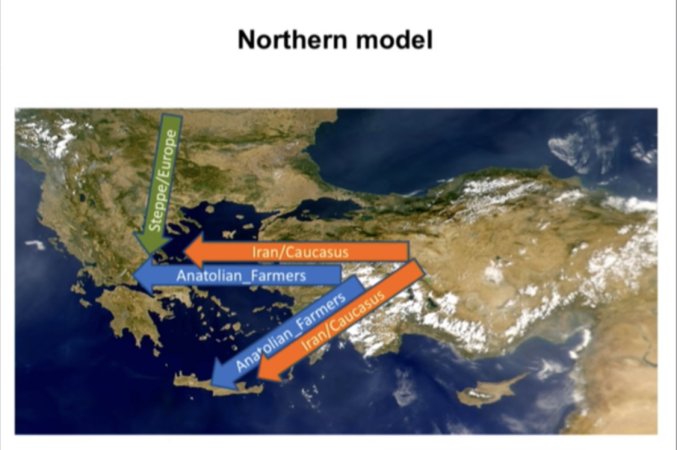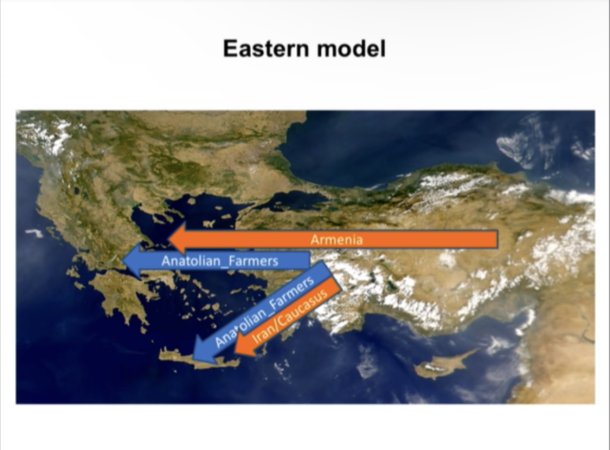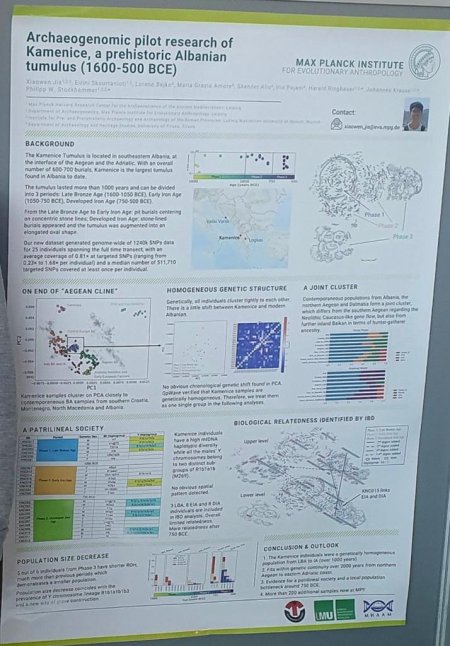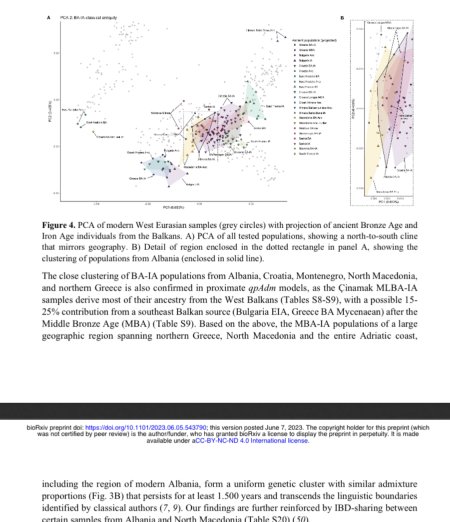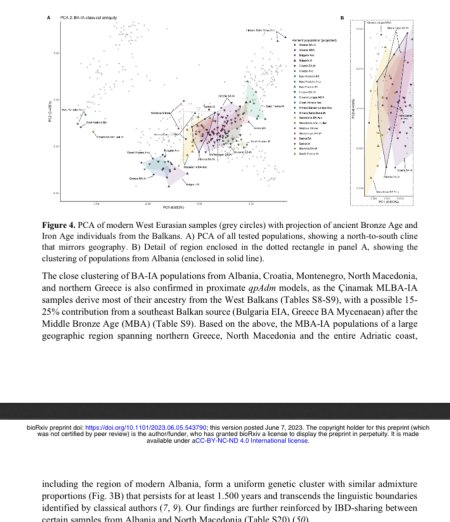TaktikatEMalet
Regular Member
- Messages
- 766
- Reaction score
- 128
- Points
- 43
- Y-DNA haplogroup
- i2a WHG
I'd largely agree but if we are talking about the steppe-Balkan mixed tribes which lived for a time to the North of the Aegean (say around Bulgaria-Macedonia-South Albania in particular), these were already Greeks before even entering the Aegean. Like the Epirotic tribes and Macedonians etc. were never fully Mycenaean, but they were still Greek. From the ethnolinguistic and genetic point they were "even more Greek" than the Mycenaeans, since those were a later daughter group which conquered the Aegean and mixed with the locals - split from the original tribes they descended from.
Mycenaean can't be equated with the Greeks ethnolinguistically, but of course, just like you say, there is no Mycenaean culture and civilisation without these Greeks coming down and mixing with the locals, which created a new kind of more advanced and city state-already more sea-oriented culture of the Mycenaean GREEKS.
The "original Greeks" were pastoralists and agro-pastoralists, no traders or seafarers. The descriptions of the Northern tribes recapitulate that. One of the better known ones were the Molossians:
The ancient sources in the Wikipedia article on Macedonians is also great:

Ancient Macedonians - Wikipedia
en.wikipedia.org
Original ancient Greeks = Mycenaeans = 1750BC
Ancient Macedonians didn't form until after Dark Ages a thousand years later. If anything Mycenaeans are the pure Greeks and definitely more pure than the Ancient Macedonians would have been


